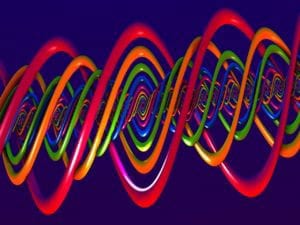GNE Myopathy
What is GNE myopathy?
GNE myopathy is a rare, progressive muscle disease that affects both the upper and lower limbs and leads to an inability to properly synthesize sialic acid.
Sialic acid is an important substance made in the body that helps muscle proteins function properly. When sialic acid levels are low, the muscles begin to weaken, resulting in loss of strength and muscle function.
What are the symptoms of GNE myopathy?
GNE myopathy usually begins to present symptoms in a patient’s twenties and thirties, and it usually begins in the legs.
Symptoms typically include:
- Foot drop (difficulty lifting the front part of the foot), which can cause tripping or lack of balance
- Difficulty climbing stairs
- Difficult walking or running
- Muscle weakness
What causes GNE myopathy?
GNE myopathy is an autosomal recessive disease due to biallelic GNE gene mutations.
How is GNE myopathy diagnosed?
Currently, the diagnosis of GNE myopathy relies on identifying characteristic clinical manifestations and histopathologic findings on muscle biopsy and is confirmed by the identification of biallelic GNE mutations.
Gene testing and MRIs help confirm the diagnosis.
What are the treatments for GNE myopathy?
Currently, there are no approved treatments for GNE myopathy. Clinical studies are investigating potential treatments, aimed at providing a replacement for the deficient sialic acid because of the missing enzyme.
Where can I find out more about GNE Myopathy?
GNE Myopathy Articles

Will Today’s Patients See a Treatment That Will End GNEM in Our Lifetime? Part Two



This $2.5 Million Challenge Grant Could Fund GNE Myopathy Gene Therapy

Register Now to Attend the Symposium on GNE Myopathy for Free!

Join the Neuromuscular Disease Foundation’s #RareReality Campaign

Four Reasons You Should Join a GNE Myopathy Registry




